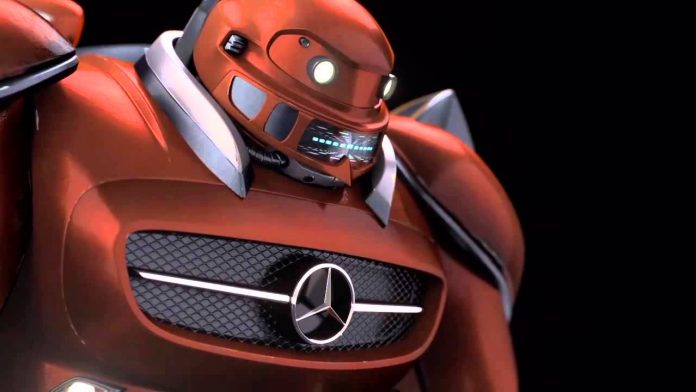
The Mercedes-Benz S-class sedan is growing, especially when it comes to the features that it has to offer. Ranging from cooled and heated cup holders, carbon-fiber trim, to an array of caps for the tire valves, the gizmos and tricks to add on are expanding continuously. It is no real surprise that the assembly robots are not able to keep up with this amount of changes and parts.
Mercedes is aware of the fact that in the present market scenario, everything is all about customizability and by offering that they will earn more willing buyers. In order to keep up with this, they need more flexible human workers.
“Robots can’t deal with the degree of individualization and the many variants that we have today,” Mercedes-Benz’s head of production, Markus Schaefer, commented. “We’re saving money and safeguarding our future by employing more people.”
“The variety is too much to take on for the machines,” Schaefer said. “They can’t work with all the different options and keep pace with changes.”
However, don’t think that automation will be overruled completely, especially at Mercedes’s biggest plant at Sindelfingen. Even if it has been producing elite class cars for the past 101 years, in no way is it outdated or non-functional.
Robots are properly good at producing cars and other respective tech goodies when there is a repetition of a defined task, however, with increased demand for more versatile offerings, the overall features are becoming more and more complicated for fully automated systems to handle.
“Robotic workers will in the future be found working hand-in-hand with human staff, helping to replace traditional, rigid production processes with flexible structures,” IFR President Joe Gemma said in a statement.
The robots that will be a part of the process will be smaller and more flexible. The beginning of the assembly lines will be controlled by the humans and Mercedes will equip them with a variety of high-precision little machines. This is a process they call “robot farming“.











